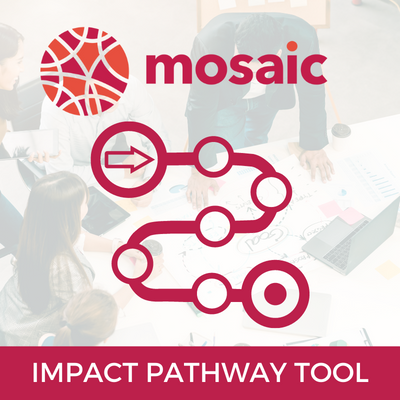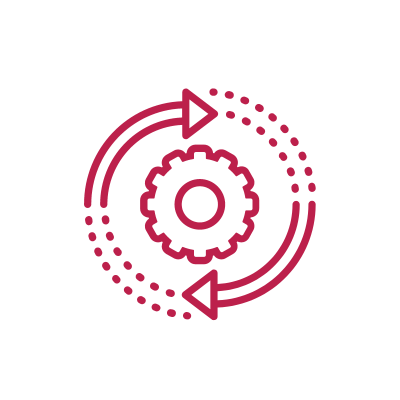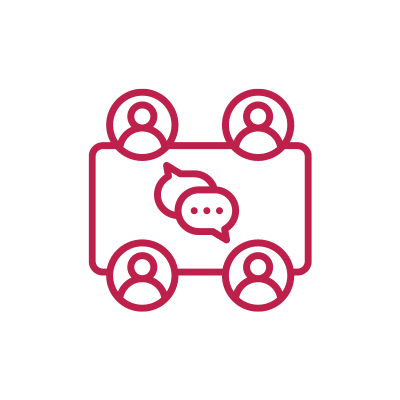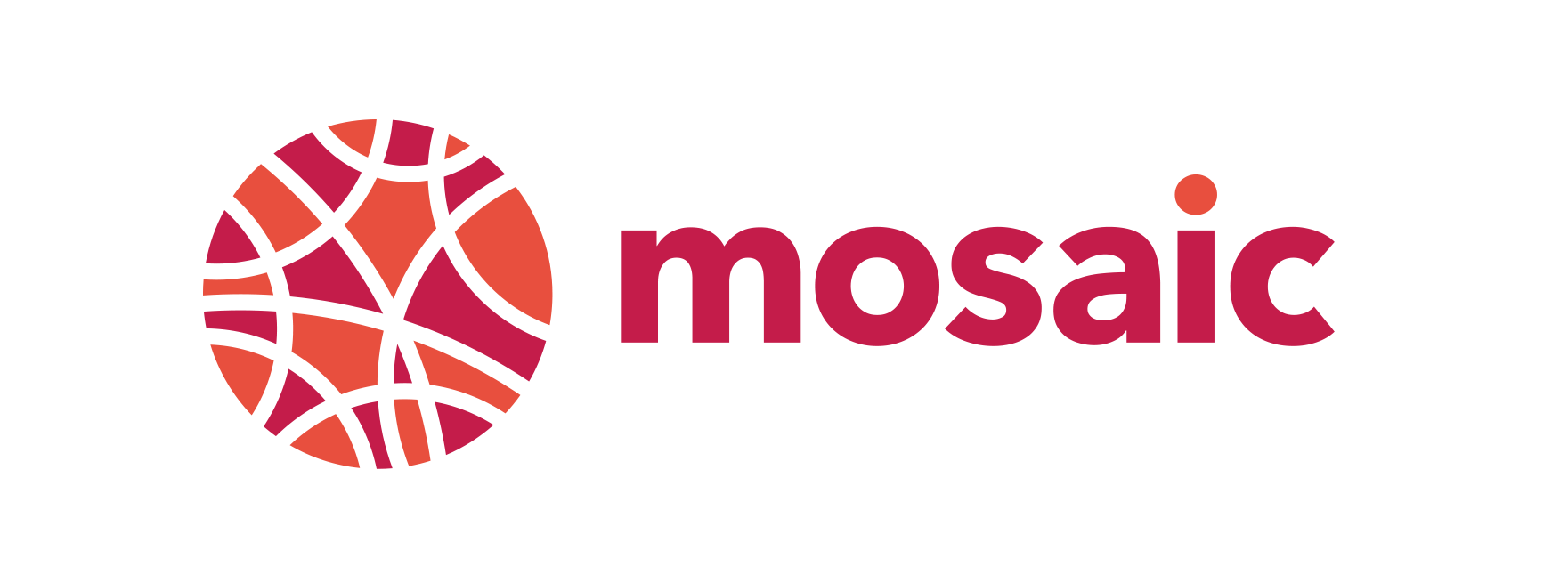Impact pathway tool
MOSAIC has developed a way for the cities to check their progress towards contributing to their Missions by guiding them through the drawing of a future-oriented impact pathway during their co-creation activities. This impact pathway can then be used by the cities after the MOSAIC project has ended in order to see if they are still on the path towards an impact.
The impact pathway tool enables stakeholders to think about the potential impact of the outcomes of their co-creation processes.
The aim, in fact, is to anticipate the pathway toward the impact of a co-creation activity that has resulted in a prototype/innovation. This should help guide participants in the co-creation activity to think about the impact that the implementation of their prototype would have on the ability of the city to deliver a solution to its identified challenge.

The impact pathway tool is used during the co-creation process to help the diverse stakeholders of the Quadruple helix to build a common vision. It guides their discussions about the changes that would need to be made in the city so that their vision would become the future reality.
Three phases
The tool guides participants through three phases of assessing their potential impact during the co-creation process:

Phase 1 Expected transformations
In order to make the prototype work and meet the identified challenge, certain things need to change in the way different stakeholders live and collaborate in the city. In this first phase, participants are asked to do a visioning exercise on the transformations that should take place in their cities.

Phase 2 Co-creation activity
As stakeholders co-create their prototypes, they can assess whether their prototypes are fit for purpose. In this second phase, the purpose is understood as the production of something that can be used in the future to solve the city's challenge. For this reason, participants are asked to test their prototypes against the vision of change developed in phase 1.

Phase 3 Enrolling Intermediaries
Once the prototype has been co-created, it must be used if the city wants to solve the problem it has identified. The transition from prototype to working solution usually requires additional investors, promoters and users. In the third phase, participants are asked to identify "who" and/or "what" could block or facilitate the implementation and scaling-up of their prototypes.
The final result of these phases is what we call the 'impact pathway'. It summarises the prototypes, intermediaries and expected transformations. The visualised pathway provides a guide for the cities as they implement the solutions that were co-created.
Using the impact pathway after the project
The MOSAIC self-evaluation questionnaire accompanies the impact pathway and enables the cities' steering teams to track how they are progressing toward the impact that was envisioned during the co-creation process. City steering teams can systematically check their progress at 3, 6, 12, 24, 36 months after the project and communicate what they have learned about their intended and unintended impacts to the MOSAIC partners.
